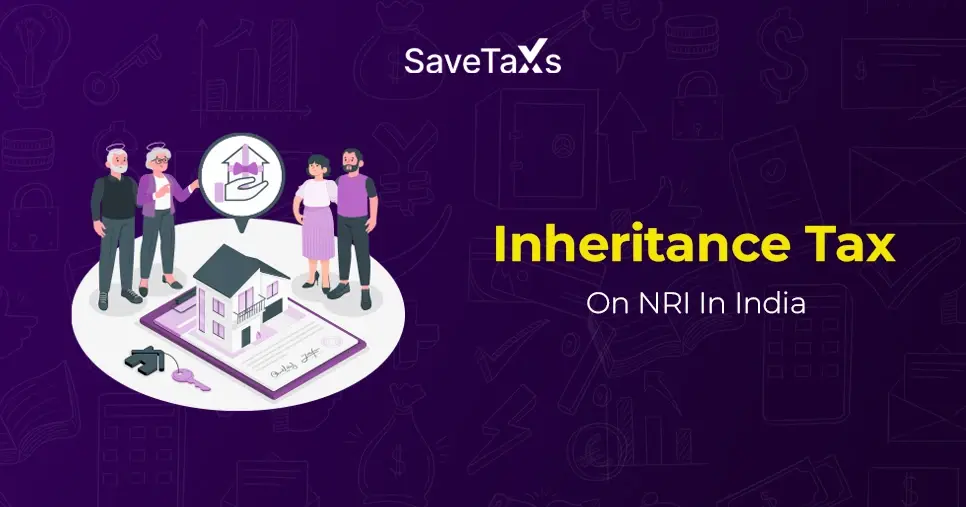As a self-employed individual or small business owner, you are accountable for paying quarterly taxes 4 times per year. Many people are unaware of this and are shocked when they receive a bill from the IRS for their taxes.
Are you also a self-employed person, and want to know about quarterly taxes? Here is everything you are looking for about quarterly taxes, how to pay them, and avoid penalties. So, let's start reading and gain some understanding.
Key Takeaways
- If you are a sole proprietor, an independent contractor, or a member of a partnership that operates a business are liable to pay quarterly taxes. Additionally, as a person who solely runs a business, also need to pay the quarterly taxes.
- Quarterly taxes include income tax and self-employment taxes (Medicare and Social Security). The income tax is imposed on the profits you earn from your business and other income.
- During the year, if your income drops or increases, through quarterly taxes, you can make adjustments.
- Using the Electronic Federal Tax Payment, you can pay your quarterly taxes online. Additionally, can also use paper forms to fill out your quarterly taxes.
What Are Quarterly Taxes?
Quarterly taxes are also called estimated taxes. These taxes are the payments made by businesses or individuals every quarter for federal withholding to the IRS. For the current year, if you owe $1000 or more in taxes, then you need to pay quarterly taxes.
Quarterly taxes include self-employment tax, federal income tax, and other applicable taxes. For instance, the Medicare and Social Security taxes. To help you calculate your quarterly tax payments, the IRS provides Form 1040. Knowing about your estimated tax payments, you can fulfill your tax obligations and avoid any penalties.
Furthermore, these taxes are also known as quarterly estimated taxes, estimated federal income taxes, quarterlies, or self-employment taxes.
This was all about quarterly taxes. Moving ahead, let's know the benefits of paying these taxes.
Benefits of Paying Quarterly Taxes
Paying quarterly taxes comes with several benefits that help in managing your finances simply. To get you an idea, here are some perks of paying these taxes.
- Quarterly taxes help in avoiding interest and penalties that are charged if you fail to pay taxes on time.
- Paying quarterly taxes helps you fulfill your tax obligations. In addition, at the end of the year, reduce your tax liability.
- Another significant benefit of paying quarterly taxes is that it improves your cash flow.
- Through regular quarterly payments, at the end of the year, you avoid the financial strain of paying a large tax bill.
- Additionally, paying quarterly taxes also helps you to stay organized. Further, better control your financial condition.
These are some of the benefits of paying quarterly taxes. Moving further, let's discuss who files these taxes.
Who Files Quarterly Taxes?
As mentioned above, if you have a small business or work as self-employed, then you need to pay quarterly taxes. Further, if you work as any of these, then you are generally considered self-employed:
- Sole proprietor
- Independent contractor
- Individuals who run a business on their own, including part-time work
- Member of a partnership, such as an LLC, that gets guaranteed payments.
These are the people who need to file quarterly taxes. Moving forward, let's know who should pay estimated taxes.
Who Should Pay Estimated Taxes?
To collect the quarterly taxes, the IRS uses a pay-as-you-go income tax system. This means that on your earned income, you should pay taxes. The IRS enforces the estimated tax by charging penalties or fees for underpayment. If you do not pay income taxes through withholding or make quarterly payments, you face penalties. Additionally, on late payments of taxes, penalties are also charged even if you qualify for a refund.
To know whether you qualify for the estimated tax payments or not, a couple of rules are used by the IRS. These are as follows:
- After subtracting tax credits and withholding when filing your tax return, you owe $1000 or more in taxes.
- You expect your tax credits and withholding to be less than:
- 100% of the tax liability of the previous year, assuming that all 12 months of the calendar year are covered.
- 90% of your calculated tax liability for the present tax year.
These are known as safe harbor rules. Further, if your adjusted total income is more than $150000 ($75000, if you are married and file separately), the 100% requirement went to 110%.
For individuals who earn a minimum of two-thirds income from fishing or farming, one tax exception applies to them. The requirement is to pay 100% tax on the last year or pay two-thirds of the current year tax. Additionally, there is only one estimated date of paying tax, i.e., January 15 of the following year. Further, if you make a complete payment on March 1, then you do not need to pay estimated tax payments.
Moreover, quarterly paying taxes helps in avoiding a cash crunch that you may face during your tax return. Also, it makes the tax payment easier than a lump sum.
This was all about who should pay estimated taxes. Moving further, let's know what taxes the self-employed pay.
Taxes Paid by Self-Employed People
As a self-employed individual, you are liable to pay an annual tax return. However, you generally every quarter you pay estimated taxes. Quarterly taxes usually consist of two categories:
- Self-employment tax (Medicare and Social Security)
- Income tax on the profits made by the business and any other income
Confused? Let us better understand with an example. Assume that in the 2024 tax year:
- On gross income up to $168600, the rate of self-employment tax is 15.3%. Here, the tax rate includes 12.4% Social Security tax and 2.9% Medicare tax. If your income increases more than the specified limit, then a 2.9% Medicare tax will continue to be imposed, but Social Security will not be deducted.
- Generally, higher earners, people with an income of $200000 and more, or married individuals with earnings of $250000 or more, are liable to pay 0.9% extra Medicare tax.
Further, as a business owner, to calculate your taxable income, it is done as follows:
- Take your calculated annual total income. It is the total revenue you earned. Now, from this amount, subtract your business expenses and eligible tax deductions. For instance, the annual revenue you earned is $100000, and the business expenses are $30000. Here, your taxable income is $70000 ($100000 - $30000).
- For small business owners, the IRS has designed a full reference and listing guide. The Form 1040-ES is a worksheet that helps you calculate your taxable income and payments.
- Once you use the form to determine your yearly taxes, divide the amount by four. This is your tax amount that you need to pay quarterly.
During the year, if your expenses or income change a lot, it may impact the quarterly taxes you paid. For instance:
- You sign a big contract that increases your income.
- Your business faces a drop in income as it loses a big customer.
In both scenarios, you need to check the worksheet before paying the quarterly taxes. Make sure to pay the right tax amount as per your earned income.
This is how self-employed people pay quarterly taxes. Moving ahead, let's know the qualified business income deduction under quarterly taxes.
Qualified Business Income Deduction
You get the chance to cut your income from self-employment. Through QBI deduction, you can claim a tax deduction on your self-employment income. This helps to cut up to 20% off your pass-through income from owning a small business or self-employment. You can apply this when filing for your tax return.
Using the QBI deduction, you can decrease the net amount of eligible items of deductions, income, gains, and losses connected to your business or trade. It means items such as capital losses and gains, interest income, and dividends, not mentioned in this calculation.
Further, to claim the QBI deduction, your taxable income for single filers should be less than $191950 or for joint filers should be less than $383,900 in 2024. In the 2025 tax year, the income limit is $197300 for single filers and $394600 for joint filers, respectively.
Moreover, to qualify for the business income deduction, first, you must find your income. Then, after subtracting the available deduction, report it on the IRS Form 1040. From there, you will be able to calculate your pass-through tax deduction.
This was all about the qualified business income deduction. Moving further, let's know the due date of quarterly taxes for 2025.
Due Date of Quarterly Taxes for 2025
The table below outlines the period of income earned and the associated due date for paying the quarterly taxes for 2025:
| Period Income Earned |
Estimated Deadline of Quarterly Tax Payment |
| January 1 - March 31 |
April 15, 2025 |
| April 1 - June 30 |
June 16, 2025 |
| July 1 - September 30 |
September 15, 2025 |
| October 1 - December 31 |
January 15, 2026 |
*Note: It is advisable, before paying the quarterly taxes, to verify the tax deadlines as, due to weekends or holidays, they vary slightly.
These are the due dates of quarterly taxes for the 2025 tax year. Moving ahead, let's know how to pay these taxes.
How to Pay Quarterly Taxes?
Paying and filing the quarterly taxes is almost the same as filing your tax return. Using the correct IRS forms, you need to calculate any owed taxes. After that, submit the filled forms and make the due payments using the available options. To provide with proper understanding, here is a step-by-step guide:
- Calculate your quarterly tax liability. You can determine this on the basis of your tax deduction and income for the quarter.
- Fill out the right IRS form you used for determining your estimated tax liability.
- To make the payment of your due taxes, you can use the IRS payment options available on its site.
- Maintain proper records of your payments. For instance, have a copy of your IRS form and any document you use to calculate your tax liability. In addition, also have proof of your paid taxes, such as a tax return slip.
Using these steps helps you in simply paying your quarterly taxes and fulfilling your tax liability on time.
Final Thoughts
It may look daunting to pay quarterly taxes, but it reduces your unnecessary penalties and fees. Additionally, assist you in staying compliant with your present income tax obligations. So, whether you are an independent contractor, self-employed, or a sole proprietor, you need to file your quarterly taxes.
Furthermore, knowing about these taxes and how to pay them is also vital. Here in this blog, we have mentioned all about this. However, if you still have some doubts or need assistance in filing these taxes, connect with Savetaxs. We have a team of tax experts who can help you out in this and provide you with the right guidance.
Note: This guide is for information purposes only. The views expressed in this guide are personal and do not constitute the views of Savetaxs. Savetaxs or the author will not be responsible for any direct or indirect loss incurred by the reader for taking any decision based on the information or the contents. It is advisable to consult either a CA, CS, CPA or a professional tax expert from the Savetaxs team, as they are familiar with the current regulations and help you make accurate decisions and maintain accuracy throughout the whole process.
 India
India
 USA
Tax Consultancy Services
USA
Tax Consultancy Services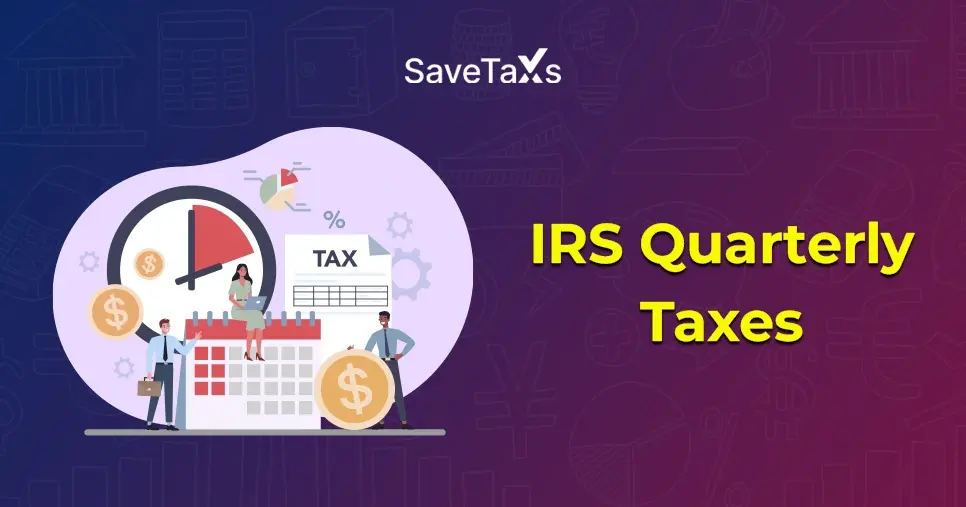

_1754392689.webp)
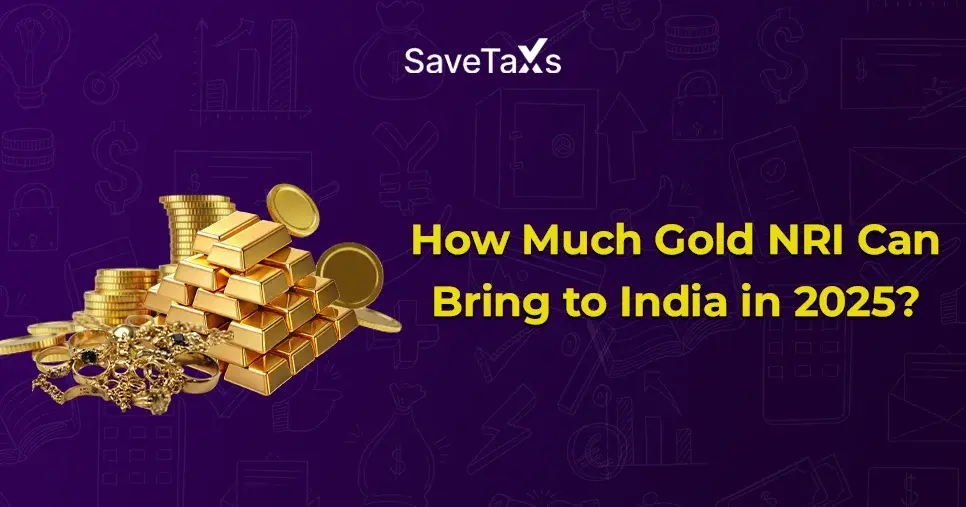
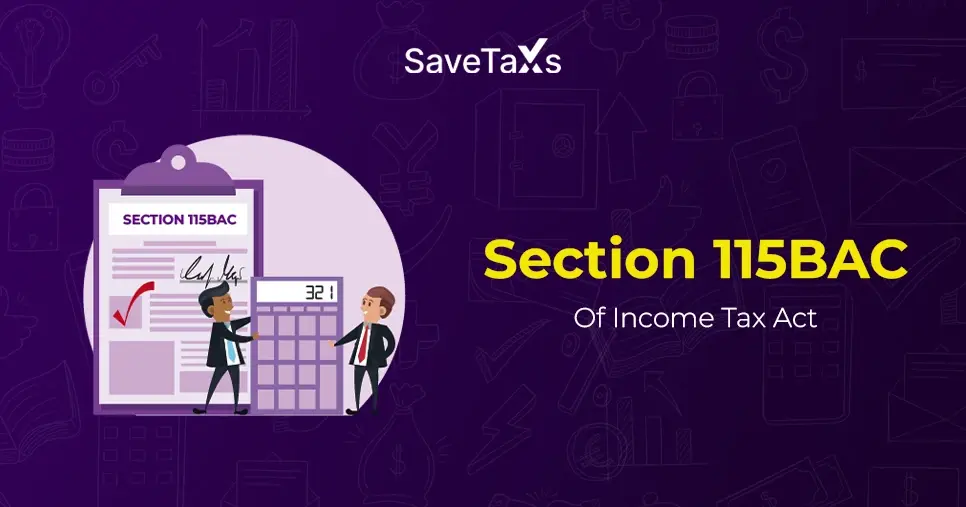
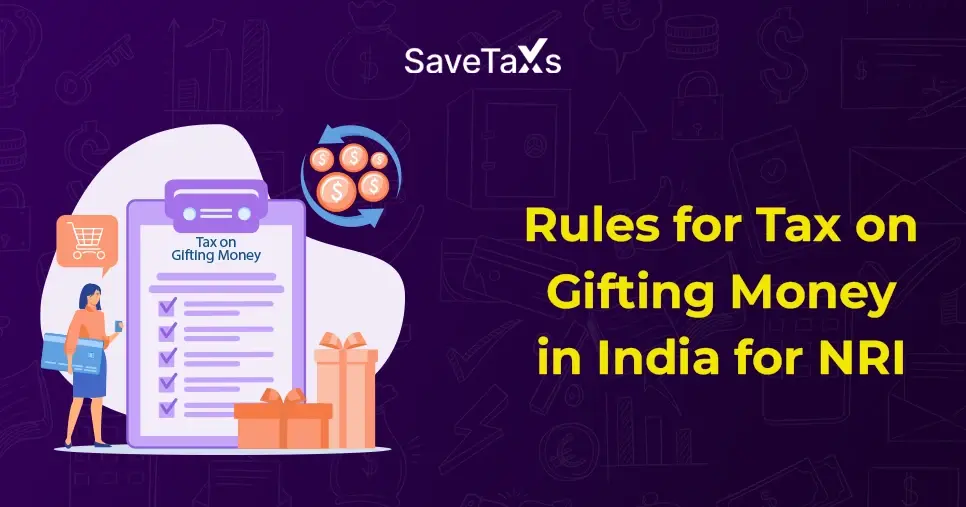
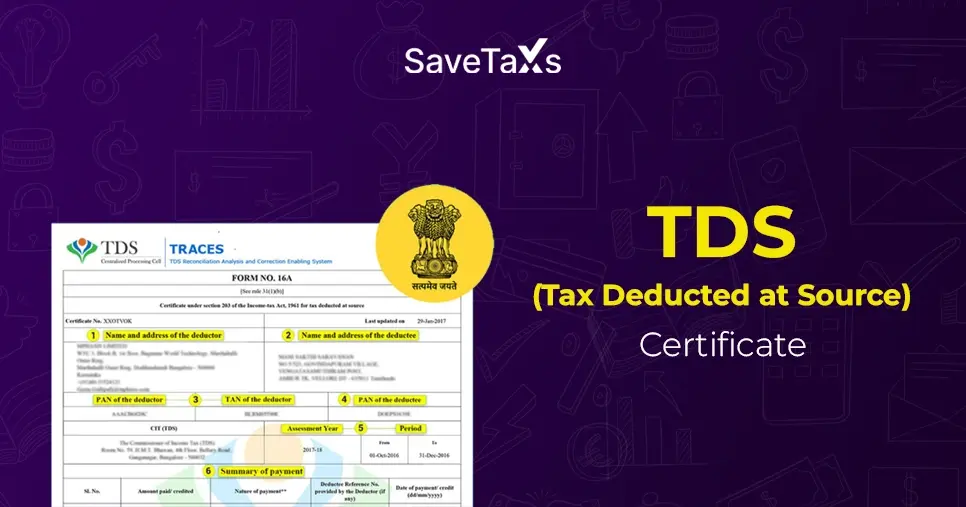
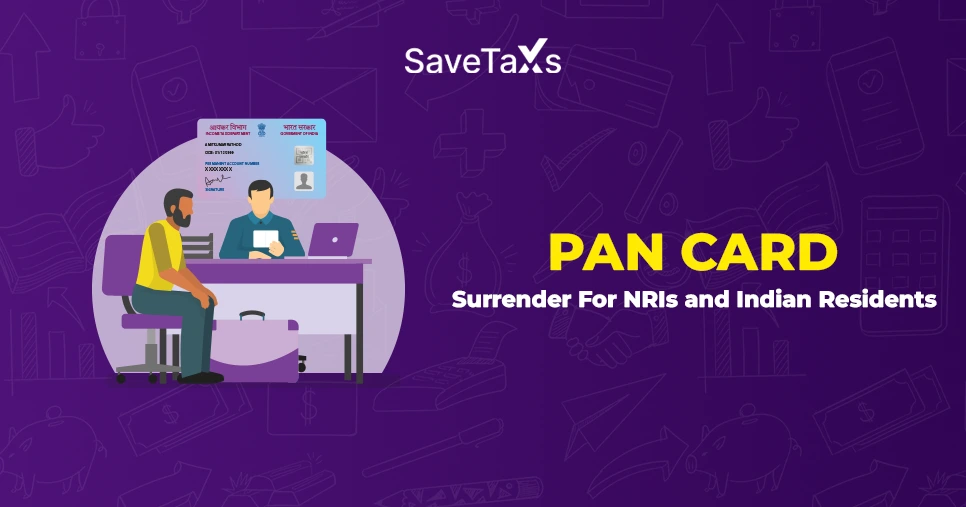
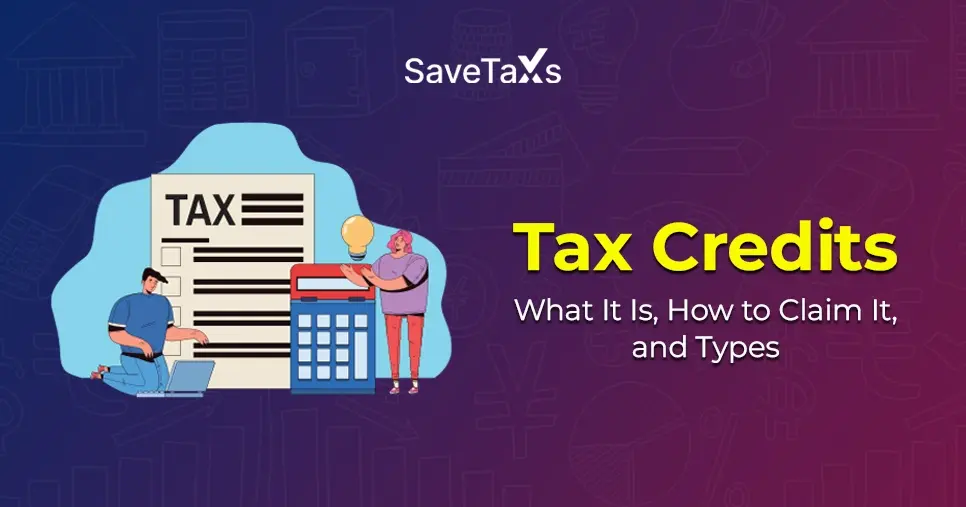
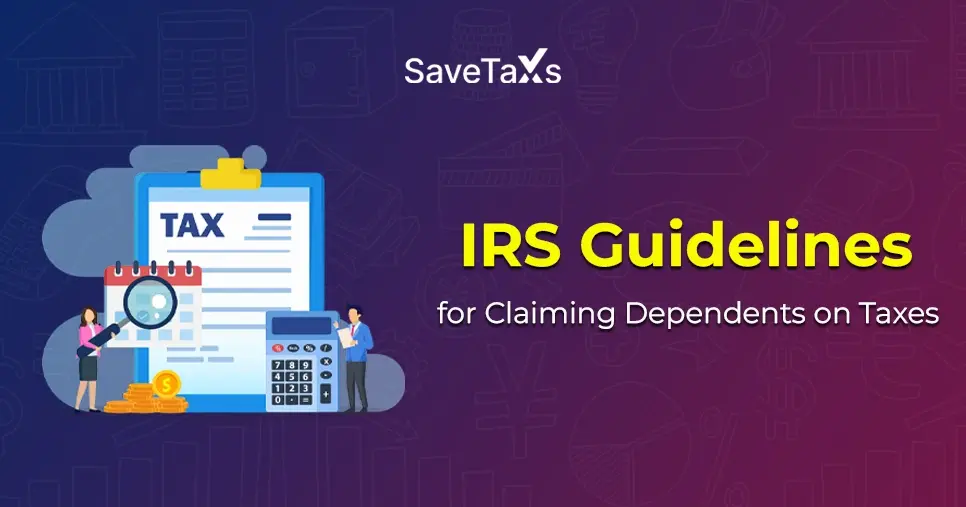
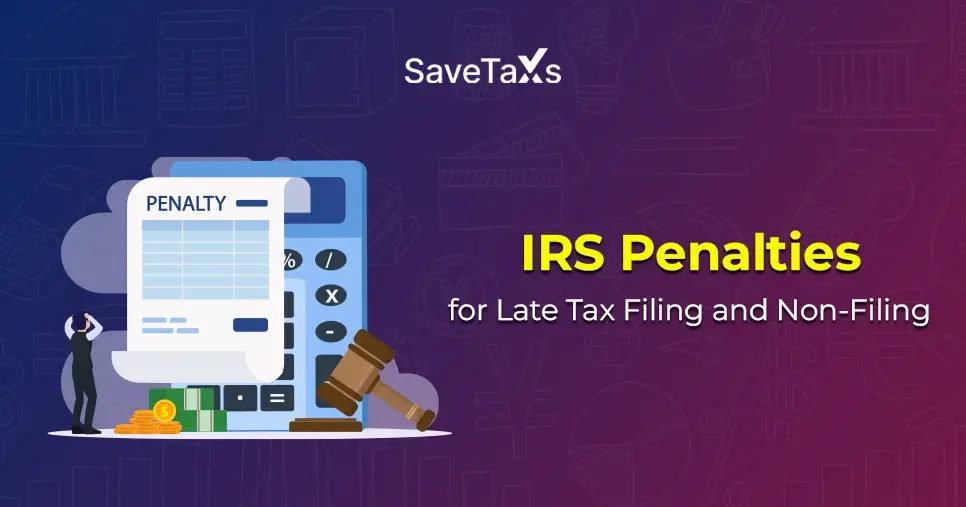
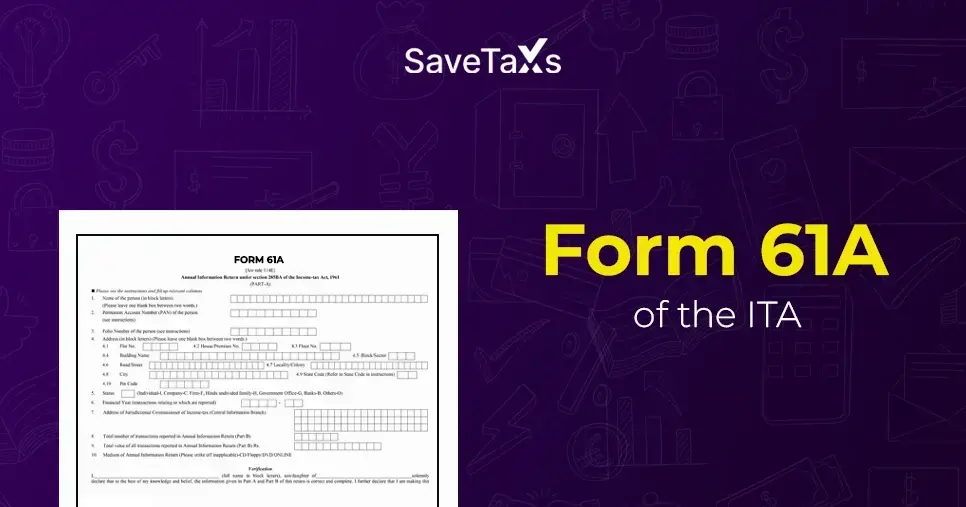
(i)-Of-The-Income-Tax-Act_1756812791.webp)
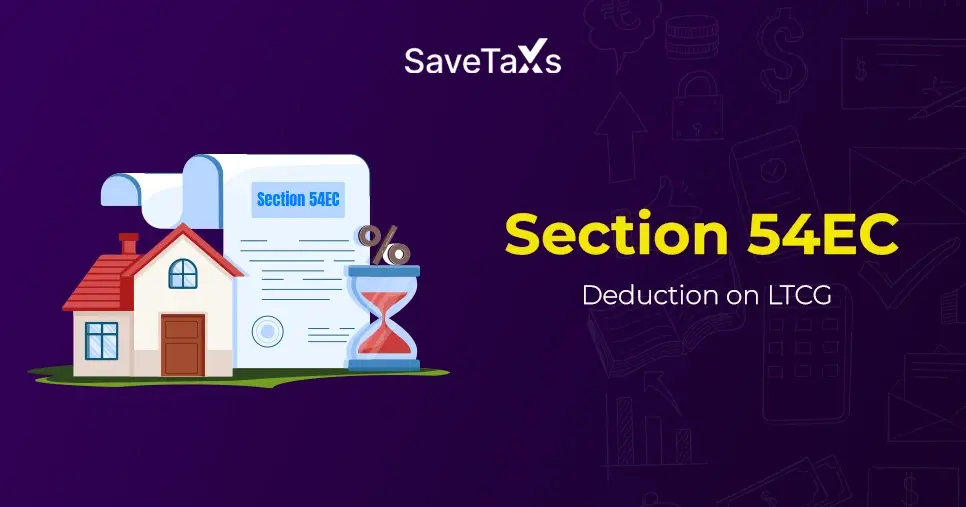
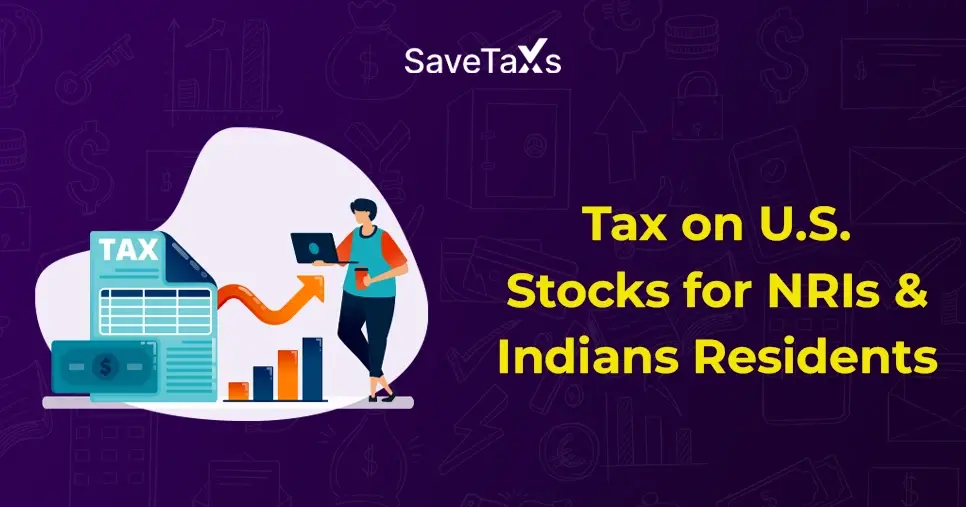

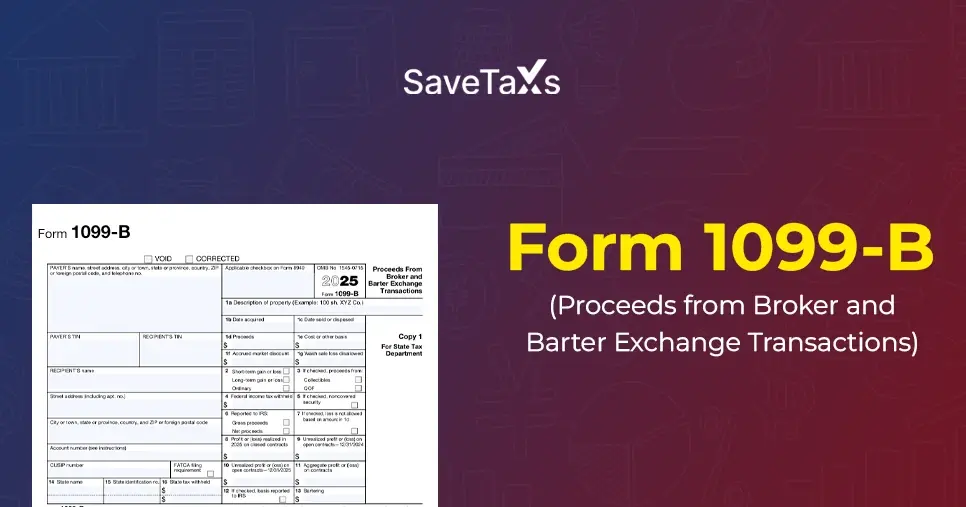
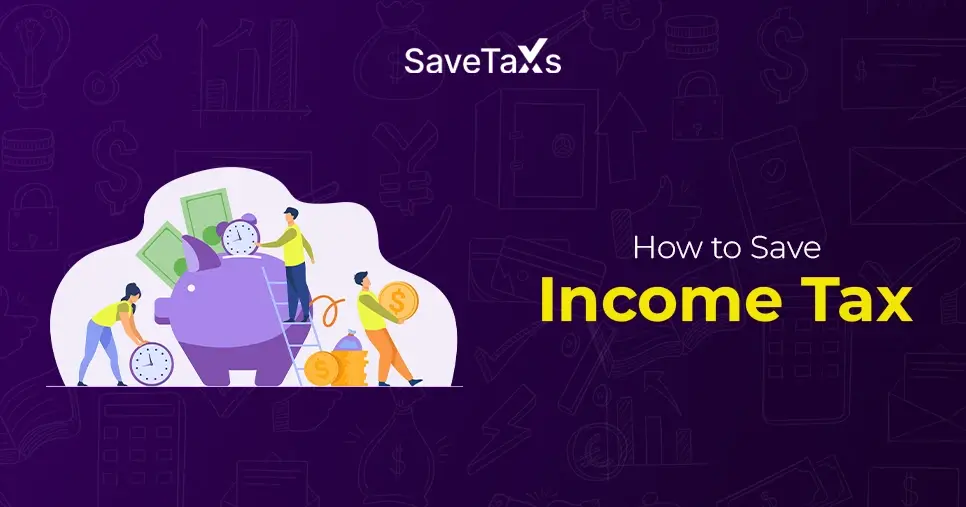
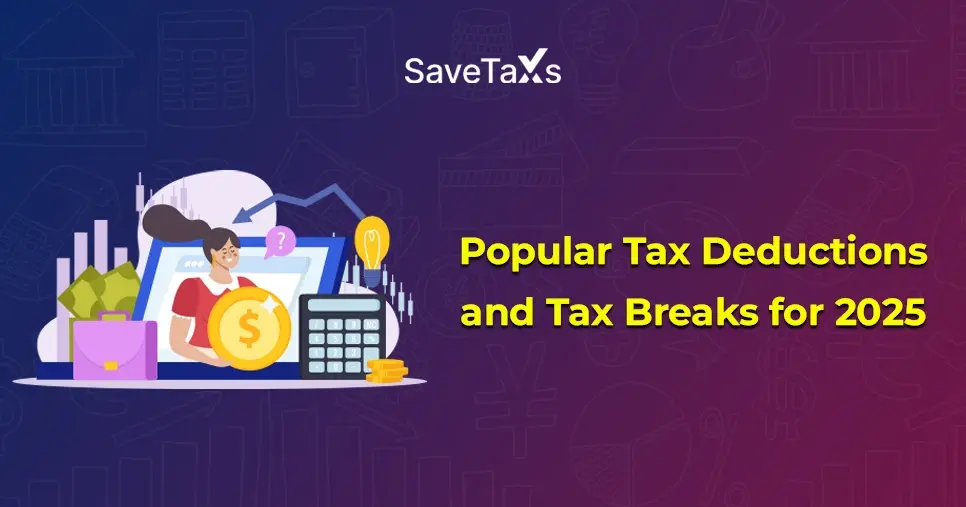
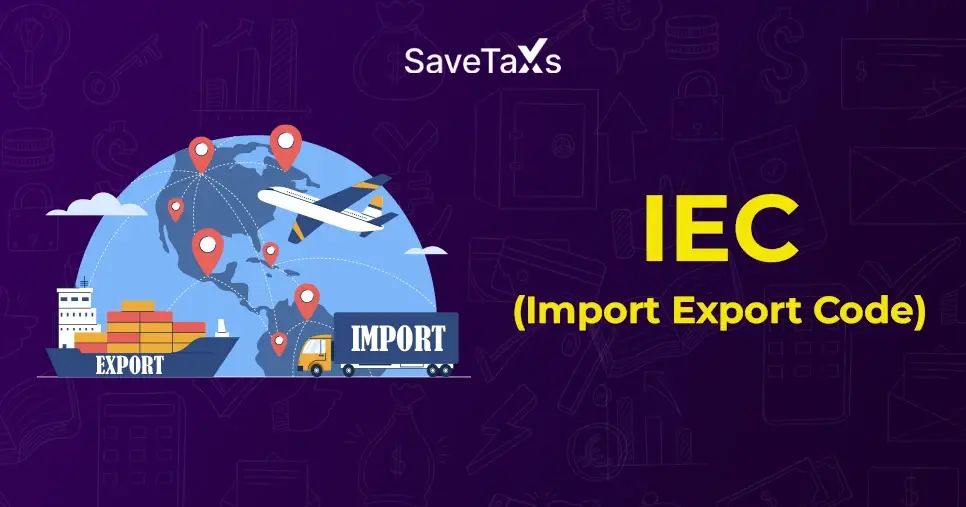
_1756816946.webp)
